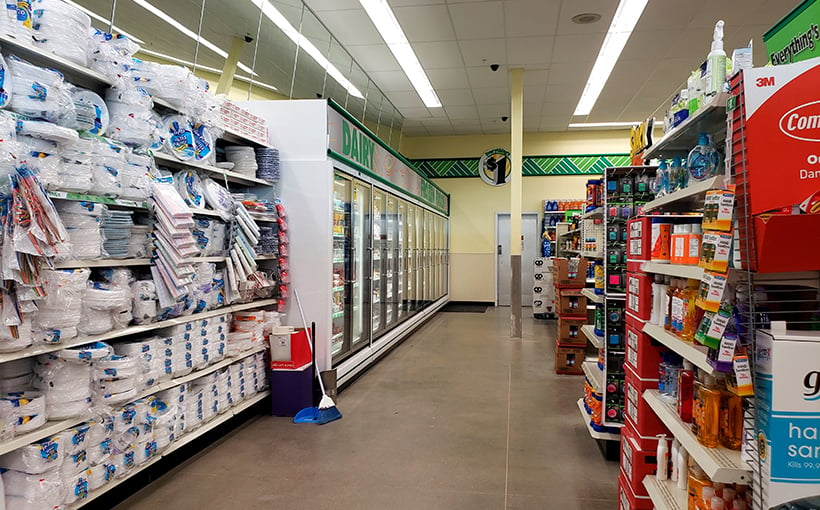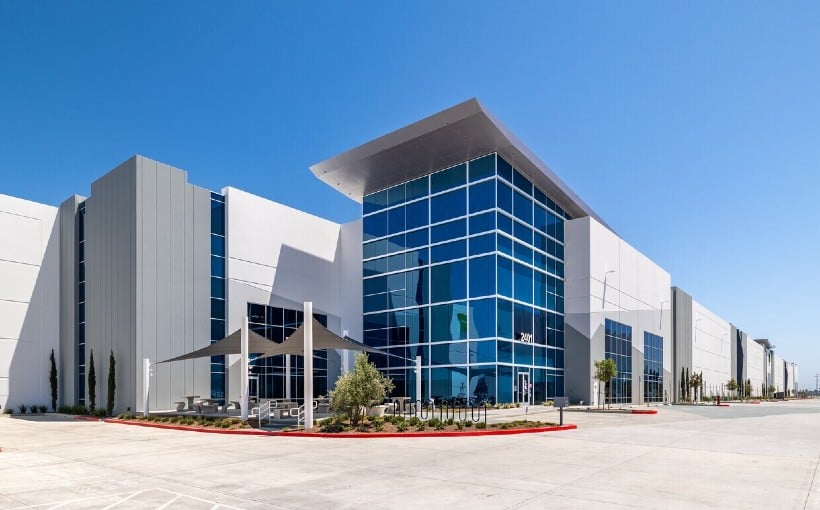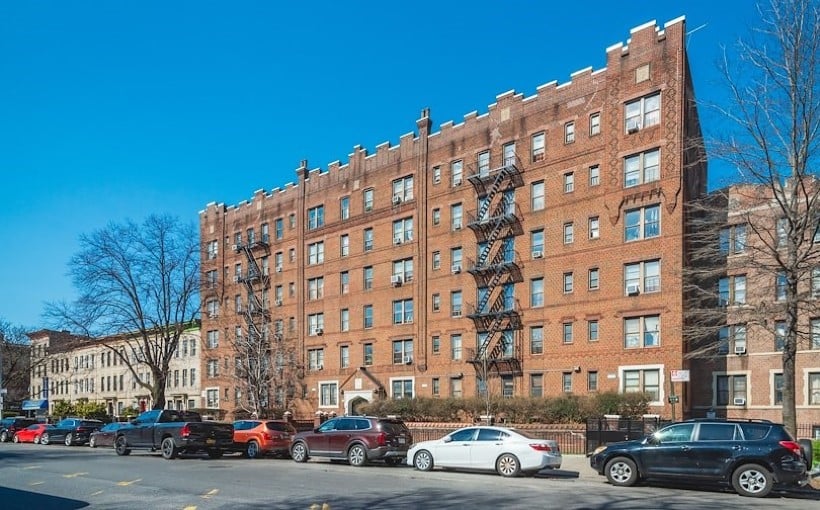**Digging Into Drug and Dollar Store Occupancy Costs**
This article is part of a broader series discussing trends in retail. Additional articles have explored topics such as the demand versus supply in beauty, grocery, and fast food real estate sectors.
—
When evaluating double or triple net-lease arrangements, tenants often focus on key cost influencers like monthly rent, capital improvements, and maintenance responsibilities. However, occupancy costs are another critical financial indicator that deserve attention.
“Occupancy costs are a key metric that helps assess a tenant’s financial health, particularly in the context of their sales performance over time and relative to similar businesses in their category,” says Mark Sigal, CEO of Datex Property Solutions.
Retail pharmacies and dollar stores in particular are facing a noticeable rise in occupancy costs, prompting industry leaders to question what’s driving the increase and what can be done to manage it.
### What Are Occupancy Costs?
Occupancy costs do not include buildout or tenant improvement (TI) expenses. According to Paul Bartlett, a broker with Axiom Retail Advisors, “Tenant improvements and buildout costs are capital expenses and typically one-time expenditures before opening. These costs, along with furniture, fixtures, and equipment (FF&E), are recorded as depreciation but are not part of occupancy costs.”
Occupancy costs, rather, include:
– Rent
– Landlord-paid marketing contributions
– Common area maintenance (CAM)
– Property taxes
– Insurance
To calculate occupancy costs:
**(Tenant Base Rent + Pro-Rata Share of NNN Expenses) ÷ Tenant Reported Sales**
Sigal explains that this metric helps determine how much of a tenant’s sales are consumed by the cost of their retail space. It also helps landlords and operators assess whether tenants can afford current and future rental rates. He adds that occupancy costs provide a more complete view than simply looking at sales per square foot.
### Occupancy Costs Are Rising
During the pandemic, drugstores and dollar stores were considered essential businesses and benefited from strong performance. At that time, pharmacies had occupancy costs around 2.19% and dollar stores around 9.42%.
However, in the past five years:
– Occupancy costs for drugstores increased by 32.36%
– Dollar stores saw a 26.78% increase
Jason Maier, Senior Vice President of Investment Sales at Northmarq, notes that many retail pharmacy stores operate inefficiently. “Out of a 14,000-square-foot store, roughly 4,000 square feet are unprofitable, meaning about 30% of the store isn’t pulling its weight financially,” he says.
### What’s Driving the Increase?
A combination of factors is contributing to the rising occupancy costs.
**1. Increased Tenant Costs**
Higher costs for repairs, maintenance, insurance, and taxes are straining tenants. Maier points out that many tenants self-insure, making them even more susceptible to cost spikes.
Tenants on double or triple net leases are also responsible for maintaining their buildings fully—including HVAC systems and parking lots. “To stay competitive, tenants must continually refresh their locations, despite inflation and tightening profit margins,” Maier adds.
Paul Bartlett notes that increasing insurance costs, in part due to the frequency and severity of natural disasters, are inflating occupancy costs. “There’s more stringent underwriting and risk aversion from insurers today,” he observes.
**2. Higher Rents**
Retail properties are seeing higher base rents, especially with landlords leveraging historically low vacancy rates. Richard Rizika, partner and co-founder of Beta Agency, explains that landlords are also charging tenants for a broader range of expenses under triple net terms, such as marketing and technology upgrades—which contributes to rising occupancy costs.
**3. Declining Sales**
While costs have increased, revenues have dropped.
Since the pandemic:
– Drugstore sales have declined by 22.78%
– Dollar store sales have declined by 19.18%
Compounding the problem is a rise in theft. “Some stores are locking up more products, making the shopping experience less convenient and, in some cases, even leading to closures,” Maier says.
Sigal agrees. “Failing to deliver a differentiated retail experience has enabled other formats—like Amazon and discount stores—to seize market share.”
Online competition is another major factor. Stephanie Skrbin of Axiom Real Estate Advisors observes, “Many who shifted to online pharmacies during the pandemic haven’t returned to physical stores. Online often provides better prices and convenience.”
Maier adds that essential convenience items—like school supplies, greeting cards, and office goods—are now easily purchased online, splintering revenue traditional retailers rely on.
### The Impact
Rising occupancy costs are pushing dollar and drugstores to reevaluate their strategies.
Unprofitable locations are being shuttered, and many tenants are negotiating for smaller spaces.
“There’s a focus on growing e-commerce and reducing dependence on physical retail,” says Rizika.
In stores that remain open, cost-cutting has included reduced in-store personnel. Sigal explains that this has diminished merchandising quality and increased theft—further eroding customer experience. “If merchants fail to offer an engaging retail experience, they’re unlikely to survive,” he warns.
### Finding Solutions
Despite the challenges, experts believe rising occupancy costs don’t necessarily signal doom for these retailers.
Bartlett advocates for educating tenants on the current cost landscape. He also recommends that landlords and brokers prepare for opportunities, such as backfilling upcoming vacancies from closing chains like Rite Aid, Walgreens, and CVS.
Co-tenancy in multi-tenant shopping centers may provide a financial buffer. “Different tenants can draw traffic to each other and share operating costs,” Sigal explains.
Technology also offers relief. Bartlett suggests options like self-checkouts, drones, and robot-based inventory management to reduce labor and costs. Boosting energy efficiency and installing solar power can also drive savings.
Maier suggests that retail is undergoing a transitional phase. In the next five to seven years, many leases will come up for renewal, likely resulting in further store closures and consolidations. That shift could offer opportunities for investors and property owners alike.
“Unfortunately, there will also be many locations where the current occupancy costs are too high to justify the property’s valuation,” he adds. “These sites could sell for deep discounts.”
—
In summary, while dollar and drugstore retailers face significant headwinds from rising occupancy costs, proactive strategies—from smarter leasing and better technology to online expansions and footprint reductions—can help them adapt in an evolving retail landscape.




